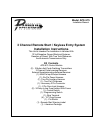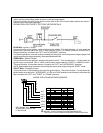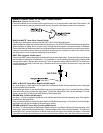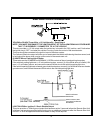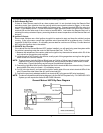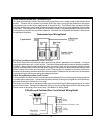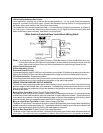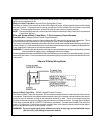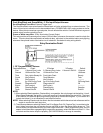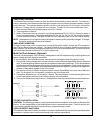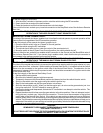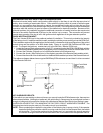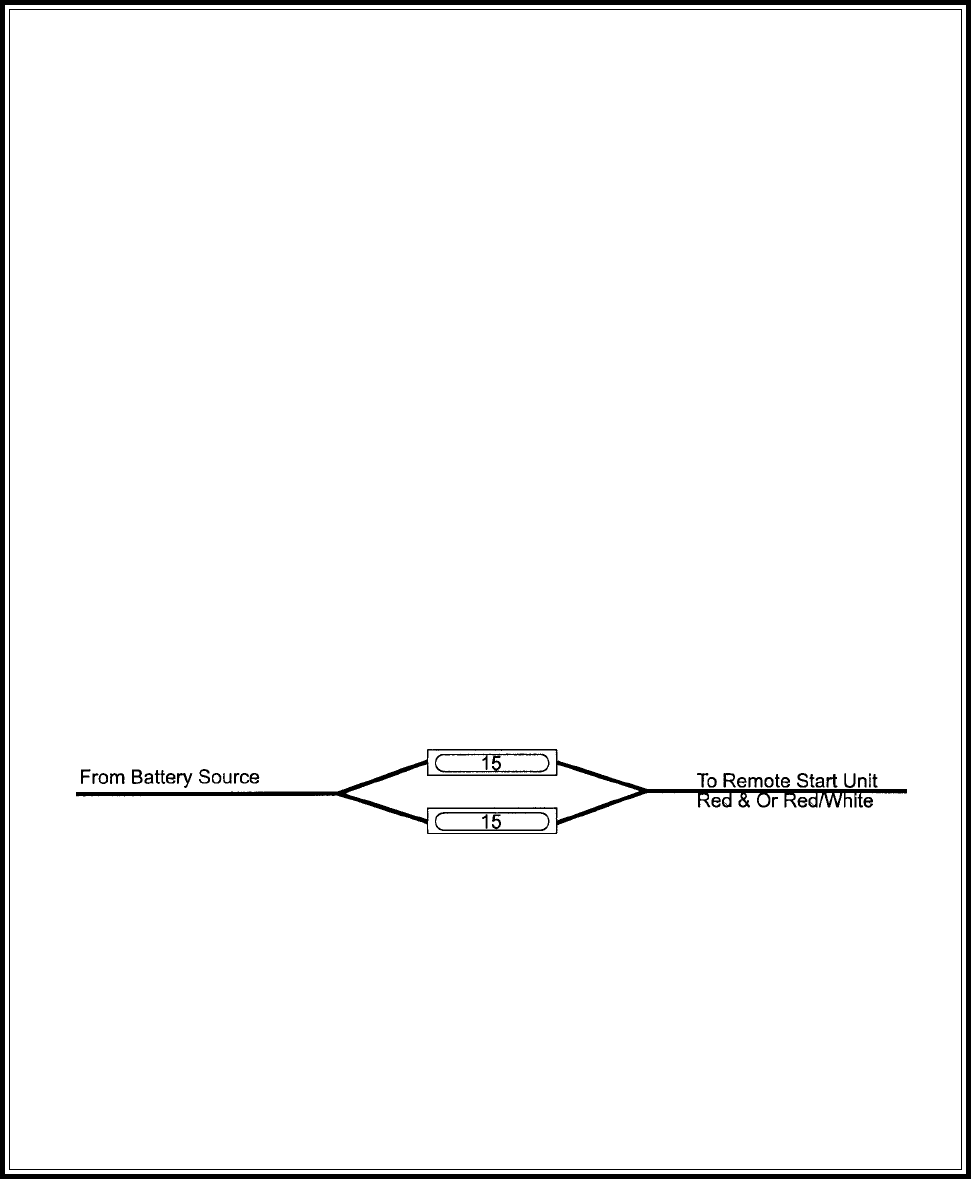
3
allowed for the body of the switch, and also that the drill will not penetrate any existing factory wiring or fluid lines.
Drill a 1/4" hole in the desired location and mount the switch by passing it through the panel from the
underside. Secure the switch using the nut, star washer, and on/off face plate. It is suggested that the
switch be oriented to allow the on position to be up toward the driver and the off position to be down or away
from the driver. Route the switch wires toward the control module. Place the RED rubber boot, included in
the kit, over the switch handle to differentiate this switch from the program switch.
The APS-675 is to be used in vehicles with AUTOMATIC TRANSMISSIONS only! Although this combination
Keyless Entry/Remote Start unit is a sophisticated system with many advanced features, IT MUST NOT be
installed into a vehicle with a manually operated transmission. Doing so may result in serious personal injury
and property damage.
IMPORTANT!
DO NOT PLUG THE SIX PIN MAIN POWER HARNESS OR THE MULTI PIN INPUT / OUTPUT HARNESS
INTO THE CONTROL MODULE UNTILALL CONNECTIONS TO THE VEHICLE HAVE BEEN MADE. AFTER
SELECTING YOUR TARGET WIRES AS DEFINED BELOW, DISCONNECT THE NEGATIVE BATTERY
CABLE FROM THE VEHICLE BATTERY PRIOR TO MAKING ANY CONNECTIONS.
WIRING THE 6 PIN MAIN POWER HARNESS:
RED w/ WHITE Trace Wire: + 12 volt Battery 1 Source
Connect this wire toa+12VDCconstant source found at the vehicle's ignition switch using the 30 Amp fuse
and holder provided. This wire provides power for the control circuit as well as the ignition 1 and ignition 2 relays.
RED Wire: + 12 Volt Battery 2 Source
Connect this wire toa+12VDCconstant source found at the vehicle's ignition switch using the 30 Amp fuse
and holder provided, but NOT the same vehicle wire as used by the battery 1 source. Most vehicles have
more than one battery source supplying power to the ignition switch. Separate feed wires must be used for
the Red and Red/White wires. If your vehicle does not have two battery feed wires at the ignition switch then
it is possible to connect both wires to the vehicle's battery. This wire provides power for the start relay and
the accessory relay.
IMPORTANT!
It is the responsibility of the installing technician to determine the load factor of the vehicles electrical circuits
when the vehicle is running and to adequately fuse the two power wires based on that load. If the vehicle,
running under load with the air conditioner, heater blower motor, and accessories exceeds 24Amps continuous,
we recommend that two fuses be used in combination on each power wire as shown below. For additional
information see Tech Update issued 9/30/96.
YELLOW Wire: Starter Output
Careful consideration for the connection of this wire must be made to prevent the vehicle from
starting while in gear. Understanding the difference between a mechanical and an electrical
Neutral Start Switch will allow you to properly identify the circuit and select the correct installation
method. In addition you will realize why the connection of the safety wire is required for all
mechanical switch configurations.
Failure to make this connection properly can result in personal injury and property damage.
In all installations it is the responsibility of the installing technician to test the remote start unit and assure
that the vehicle cannot start via RF control in any gear selection other than park or neutral.
In both mechanical and electrical neutral start switch configurations, the connection of the Yellow wire will be
made to the low current start solenoid wire of the ignition switch harness. This wire will have +12 volts when
the ignition switch is turned to the start (crank) position only. This wire will have 0 volts in all other ignition
switch positions.
NOTE: This wire must be connected to the vehicle side of the starter cut relay (when used). For the electrical
neutral switch configuration, this connection must be made between the starter inhibit relay, ( when



